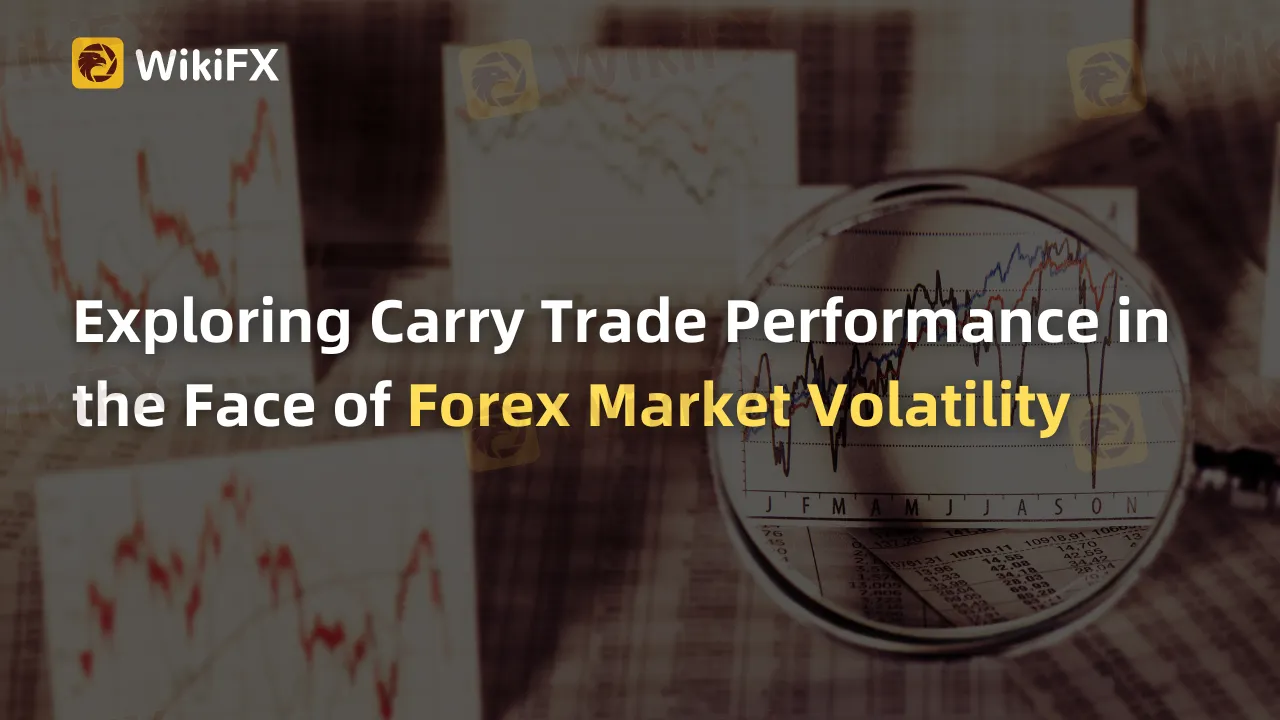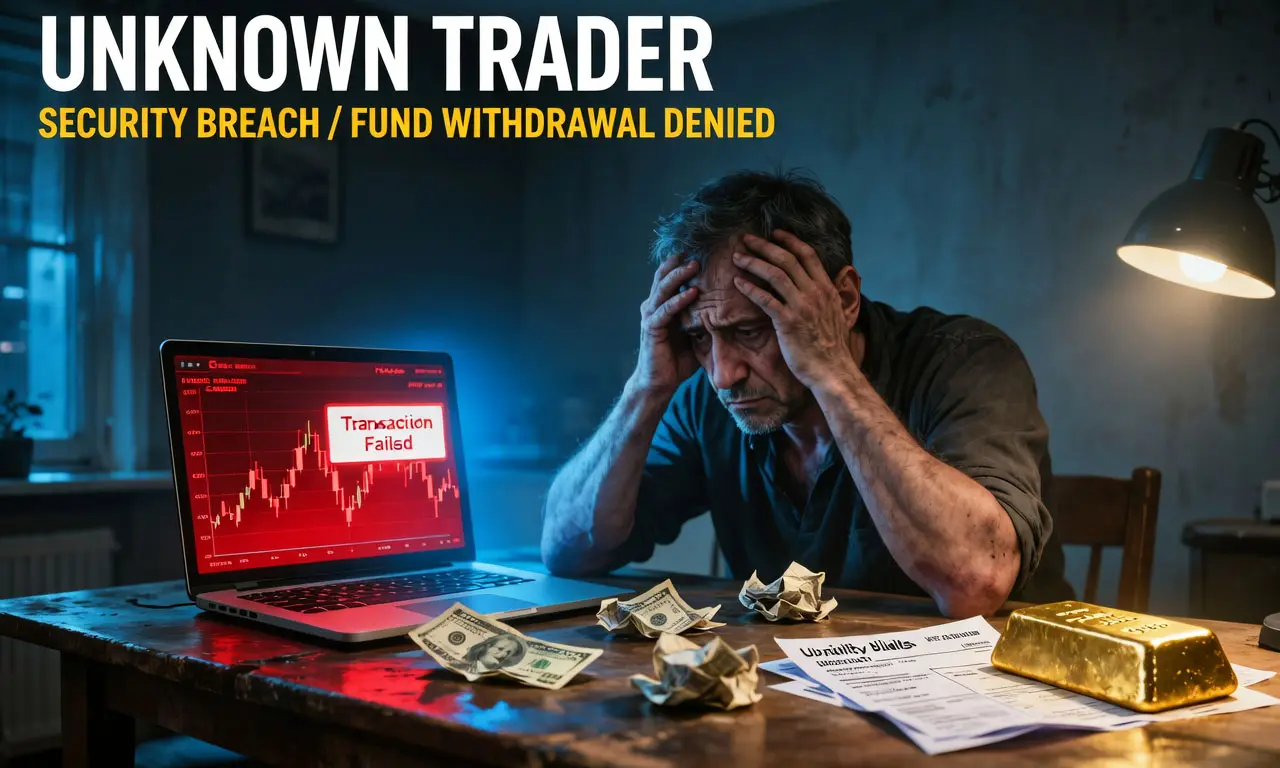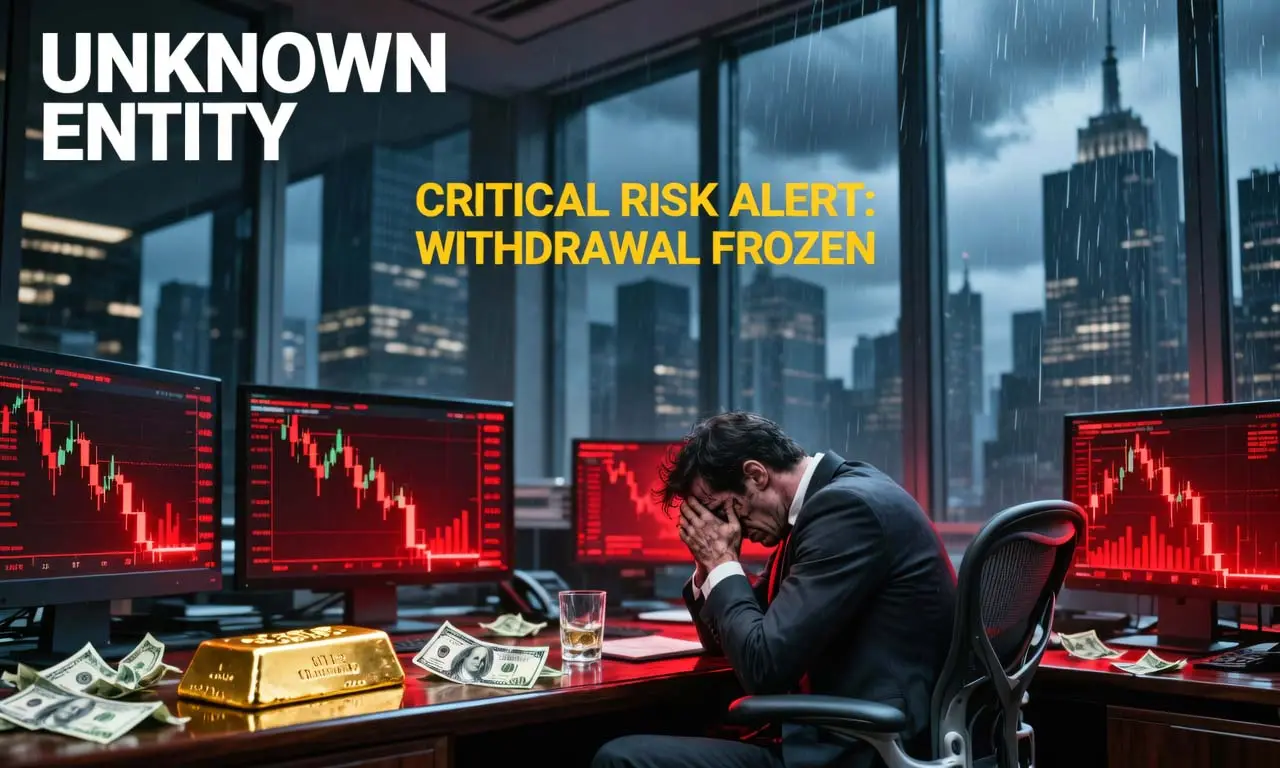Abstract:This comprehensive article explores forex volatility, its causes, and strategies for profiting from it. It covers the impact of macroeconomic events, high-volatility currency pairs, volatility indicators, central banks' roles, and news trading strategies. Additionally, it discusses volatility clustering, risk management, carry trade strategies, and using options to hedge forex volatility to help traders navigate and profit from market fluctuations.

The foreign currency (FX) market is well-known for its dynamic nature and inherent volatility. Understanding what causes volatility and how to benefit from it is a critical skill for every successful forex trader. In this comprehensive article, we'll go over the causes of forex volatility, the impact of macroeconomic events, high-volatility currency pairs, volatility indicators, the role of central banks, news trading strategies, volatility clustering, risk management, carry trade strategies, and using options to hedge forex volatility.
Forex volatility refers to the unpredictable fluctuations in currency exchange rates. Several factors contribute to forex volatility, including economic data releases, political events, central bank decisions, and market sentiment. Traders can capitalize on volatility by employing strategies such as breakout trading, range trading, and trend-following. By understanding and anticipating the factors driving market fluctuations, traders can make informed decisions and potentially profit from price movements.
Macroeconomic events, such as interest rate decisions, employment data releases, and GDP growth reports, can significantly impact forex volatility. Traders should stay informed about upcoming economic events and their potential effects on currency pairs. By analyzing how different currencies react to macroeconomic events, traders can develop strategies to exploit the resulting volatility and potentially profit from market fluctuations.
Navigating High-Volatility Currency Pairs: Tips and Strategies
High-volatility currency pairs, such as the GBP/JPY and AUD/USD, can present lucrative trading opportunities. However, they also come with increased risk due to their rapid price movements. To navigate high-volatility pairs successfully, traders should:
Employ sound risk management techniques, such as setting stop-loss orders and position sizing.
Develop trading strategies tailored to volatile market conditions, such as breakout or momentum-based strategies.
Stay informed about economic and political events that may affect these currency pairs.
Practice trading high-volatility pairs on a demo account before risking real capital.
Forex Volatility Indicators: A Comprehensive Guide
Forex volatility indicators help traders measure and monitor market fluctuations. Some popular volatility indicators include:
Average True Range (ATR): Measures the average range between a currency pair's high and low prices over a specified period.
Bollinger Bands: Display a currency pair's price movements within a standard deviation range, indicating potential overbought or oversold conditions.
Standard Deviation: Measures the dispersion of a currency pair's price from its mean, providing insight into market volatility.
Traders can use these indicators to gauge market conditions, inform their trading strategies, and manage risk.
The Role of Central Banks in Forex Volatility
Central banks play a significant role in forex volatility through their monetary policy decisions, interest rate adjustments, and market interventions. Traders should closely monitor central bank actions and statements, as they can cause sudden and significant shifts in currency values. Understanding how central banks influence forex markets can help traders develop strategies to take advantage of the resulting volatility.

News Trading in Forex: Strategies for Profiting from Volatility
News trading involves capitalizing on forex market fluctuations triggered by major news events. Traders can profit from news trading by:
Staying informed about upcoming economic data releases and other market-moving events.
Developing a trading plan that incorporates both fundamental and technical analysis.
Implementing risk management techniques to protect against unexpected market reactions.
Practicing news trading strategies on a demo account before trading with real money.
Volatility Clustering in Forex Markets: Implications for Traders
Volatility clustering refers to the phenomenon where periods of high volatility tend to be followed by similar periods, and periods of low volatility are followed by more low-volatility periods. This clustering can result from market participants reacting to news events, changes in market sentiment, or other factors. Traders can use volatility clustering to their advantage by:
Adapting their trading strategies to suit the current volatility environment.
Employing appropriate risk management techniques based on the observed volatility.
Recognizing potential shifts in volatility regimes and adjusting their trading approach accordingly.
Risk Management in Volatile Forex Markets
Effective risk management is essential for success in volatile forex markets. Some key risk management techniques include:
Setting stop-loss orders to limit potential losses.
Position sizing to ensure that the risk of each trade aligns with the trader's risk tolerance.
Diversifying the trading portfolio to spread risk across multiple currency pairs and asset classes.
Regularly reviewing and adjusting risk management strategies as market conditions change.
The Impact of Forex Volatility on Carry Trade Strategies
Carry trade strategies involve borrowing in a low-interest-rate currency and investing in a high-interest-rate currency, aiming to profit from the interest rate differential. Forex volatility can impact carry trade strategies by causing sudden and substantial changes in exchange rates, which may lead to losses. To minimize the impact of volatility on carry trades, traders should:
Monitor market conditions and economic indicators that may affect currency values.
Implement stop-loss orders and other risk management techniques to protect their positions.
Diversify their carry trade portfolio by investing in multiple currency pairs.
Using Options to Hedge Forex Volatility
Currency options are financial derivatives that give the holder the right, but not the obligation, to buy or sell a currency at a predetermined exchange rate on or before a specific date. Traders can use options to hedge against forex volatility by:
Purchasing put options to protect a long currency position, or call options to protect a short position.
Using options strategies, such as straddles or strangles, to profit from large price movements in either direction.
Employing options to hedge existing forex exposure, helping to mitigate potential losses from adverse market movements.
Conclusion
Forex volatility presents both challenges and opportunities for traders. By understanding the factors that drive market fluctuations, staying informed about macroeconomic events, employing effective risk management techniques, and leveraging trading strategies tailored to volatile conditions, traders can potentially profit from the dynamic forex market. Moreover, understanding the role of central banks, using options to hedge against volatility, and adapting to volatility clustering can further enhance traders' success in navigating forex market volatility.
Download and install the WikiFX App on your smartphone to stay updated on the latest Forex educational articles.
Download the App:











